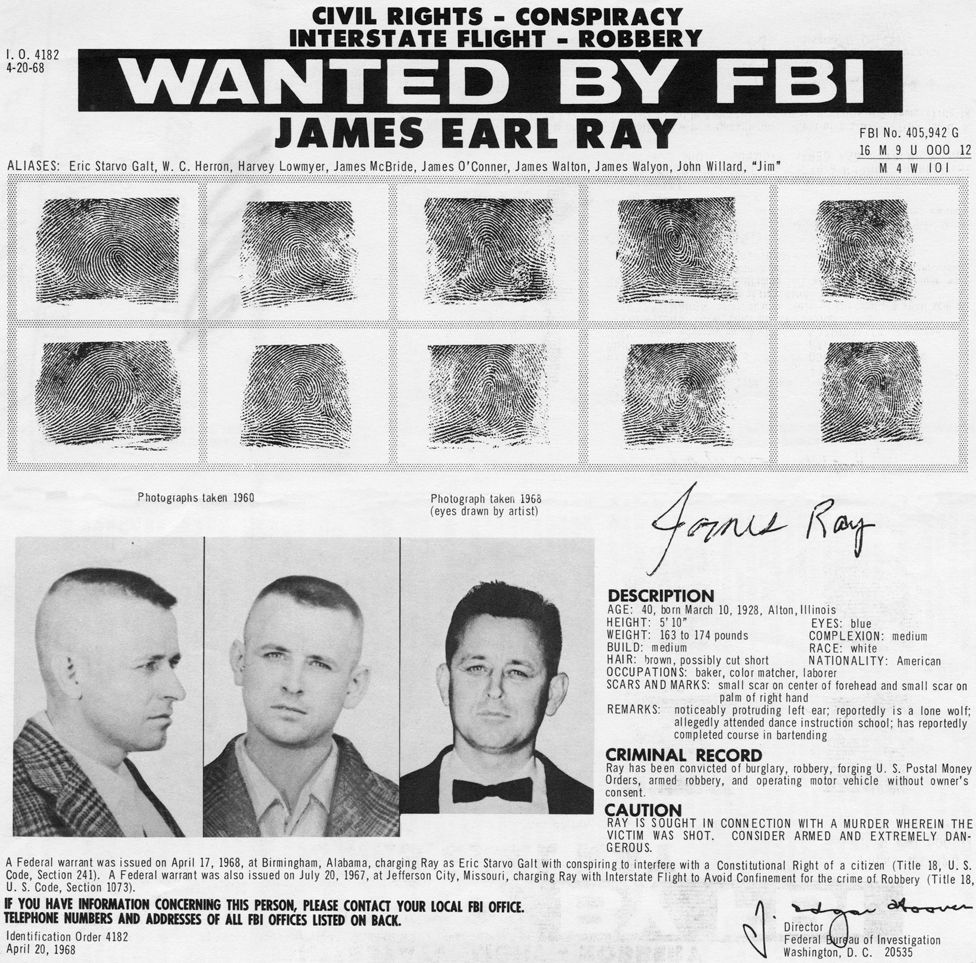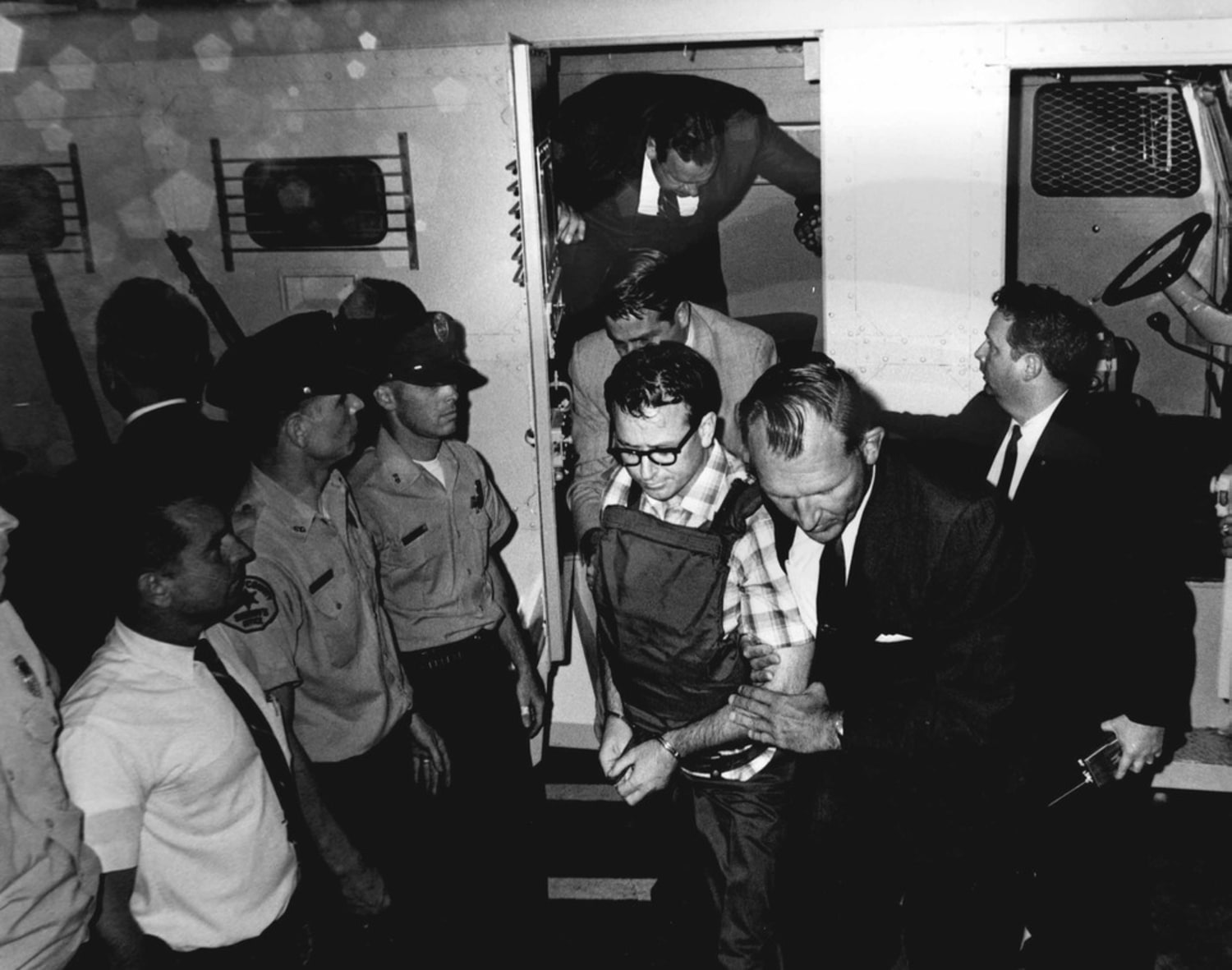
James Earl Ray is a name that evokes a profound sense of controversy and tragedy in American history. As the man responsible for the assassination of the revered civil rights leader Martin Luther King Jr., Ray’s actions not only altered the trajectory of the civil rights movement but also sparked a multitude of questions about his true identity and motivations. Who was James Earl Ray beyond the label of assassin? In this article, we will take an in-depth look at the life of this notorious figure, examining his early years, the events leading up to the fateful day of April 4, 1968, when King was killed, and the various conspiracy theories that emerged in the aftermath of the assassination. By exploring these facets, we aim to provide a more comprehensive understanding of Ray’s life and the complex legacy he left behind.
Early Life: A Troubled Beginning

Born into Adversity
James Earl Ray entered the world on **March 10, 1928**, in the small town of **Alton, Illinois**. His upbringing was far from easy, as he was born into a modest family that faced significant financial hardships. The struggles of his family life created a backdrop of instability and uncertainty during his formative years. This challenging environment played a crucial role in shaping his character and influencing the choices he would make later in life. The lack of resources and support likely contributed to a sense of desperation that would follow him into adulthood.
A Life of Crime
Ray’s descent into a life of crime began in his teenage years, where he quickly adopted the identity of a **small-time crook**. He engaged in various petty criminal activities, including **robbery**, which set the stage for a tumultuous future. By the time he reached his twenties, Ray had already accumulated a criminal record that included multiple incarcerations in facilities across **Illinois** and **Missouri**. His repeated brushes with the law made it evident that he was on a self-destructive path, one that would ultimately lead him to infamy. The choices he made during these early years would have far-reaching consequences, not only for himself but for the nation as a whole.
The Escape: A Turning Point

Breaking Free
On **April 23, 1967**, Ray made a pivotal choice that would change the trajectory of his life forever—he successfully escaped from the **Missouri State Penitentiary**. This daring act of liberation not only marked the end of his confinement but also set in motion a chain of events that would culminate in one of the most infamous acts in American history. Ray’s escape was not merely a bid for freedom; it was the beginning of a dark journey that would lead him down a path of violence and notoriety, forever etching his name into the annals of infamy.
Setting the Stage for Assassination
Following his escape, Ray found himself in the bustling city of **Memphis, Tennessee**. It was here, on the fateful day of **April 4, 1968**, that he committed an act of unimaginable horror. From the window of a nearby rooming house, he took aim and shot **Martin Luther King Jr.**, who was standing on the balcony of his motel room, advocating for civil rights and equality. The question that lingers in the aftermath of this tragic event is: what drove Ray to commit such a heinous act against a man who stood for peace and justice? The motivations behind his actions remain a subject of intense speculation and debate, highlighting the complexities of a man whose life took a dark turn after his escape.
The Aftermath: A Fugitive’s Journey

### Fleeing the Scene
In the aftermath of the shocking assassination, Ray found himself in a precarious situation, prompting him to flee to **Toronto**. There, he cleverly navigated the complexities of international travel and managed to secure a **Canadian passport** through a local travel agency, a crucial step in his desperate bid for freedom. With a new identity in hand, he continued his journey, making his way to **London**. However, his evasion tactics did not end there; he eventually traveled to **Lisbon**, where he acquired yet another passport. Each move was a calculated effort to stay one step ahead of law enforcement, as he sought to escape the tightening noose of justice.
### Capture at Heathrow
Unfortunately for Ray, his string of successful escapes came to an abrupt halt on **June 8, 1968**. While attempting to board a flight to **Brussels** at **Heathrow Airport**, he was apprehended by **London police**. The authorities had been on high alert, as the **FBI** had already identified him as the prime suspect in the assassination case. His capture marked a pivotal moment in the ongoing investigation, drawing significant media attention and raising questions about the effectiveness of his attempts to evade law enforcement. Ray’s brief taste of freedom was over, and he now faced the consequences of his actions.
The Trial: A Controversial Plea

Pleading Guilty
Back in Memphis, Ray faced the consequences of his actions. He pleaded guilty to the assassination of King, forfeiting his right to a trial. The court sentenced him to **99 years in prison**. But was this the end of his story?
Recanting His Confession
Just months later, Ray recanted his confession, claiming he was innocent and suggesting a larger **conspiracy** behind King’s murder. This dramatic turn raised eyebrows and fueled speculation about the true circumstances surrounding the assassination.
Conspiracy Theories: What Really Happened?

The Shadow of Doubt
Ray’s claims of conspiracy opened the floodgates for various theories. Some believed that he was merely a pawn in a larger game, while others thought he acted alone. The lack of concrete evidence to support his claims left many questions unanswered.
Support from Civil Rights Leaders
Interestingly, some civil rights leaders, including members of the **King family**, supported Ray’s pleas for a trial. They believed that a fair hearing could shed light on the complexities of the case. But would this ever happen?
Escape and Recapture: A Brief Interlude

Another Attempt at Freedom
In **June 1977**, Ray made another bold move—he escaped from **Brushy Mountain Prison** in Tennessee. This time, he remained at large for **54 hours** before being recaptured in a massive manhunt. It was a fleeting taste of freedom that only deepened his notoriety.
The Legacy of James Earl Ray
Ray passed away on **April 23, 1998**, in **Nashville, Tennessee**. His life and actions continue to spark debate and discussion. Was he a lone wolf, or was there a deeper conspiracy at play? The questions linger, and the answers remain elusive.
Table: Key Events in James Earl Ray’s Life

| Date | Event |
|---|---|
| March 10, 1928 | Born in Alton, Illinois |
| April 23, 1967 | Escaped from Missouri State Penitentiary |
| April 4, 1968 | Assassinated Martin Luther King Jr. |
| June 8, 1968 | Arrested at Heathrow Airport |
| June 1977 | Escaped from Brushy Mountain Prison |
| April 23, 1998 | Died in Nashville, Tennessee |

James Earl Ray remains a controversial figure in American history. His actions not only led to the tragic death of a civil rights icon but also opened the door to numerous questions about justice, conspiracy, and the nature of evil. As we reflect on his life, we must ask ourselves: what can we learn from this dark chapter in history? The answers may not be clear, but the discussion is essential.

